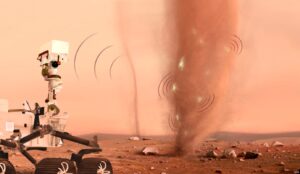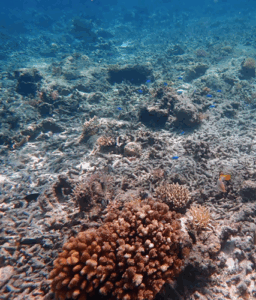Uruguayan pampas: an initial reconstruction of the impacts of agricultural expansion since the Second World War
A study conducted by the LSCE with its partners has made it possible to reconstruct the impact of these changes on soil degradation.
The international community lacks data to reconstruct the impact of agricultural expansion since the Second World War. This lack of data is particularly acute in South America, which has experienced very strong growth in agriculture at the expense of natural biomes during this period. While the degradation of the Amazon often makes headlines, other biomes that constitute extraordinary reservoirs of carbon and biodiversity are much less studied. This is the case of the Pampas, which cover vast areas of natural grasslands across the extreme south of Brazil, north-eastern Argentina and Uruguay. These grasslands, traditionally used for extensive livestock farming, are gradually being replaced by pine, eucalyptus and soybean plantations.
Multi-proxy analysis of a sediment core taken from the reservoir of the Rincón del Bonete dam in Uruguay, inaugurated in 1945 and considered one of the oldest dams on the continent, has made it possible to reconstruct the evolution of sediment flows and pesticide transfers in the region. This approach highlights the clear impact of agricultural transformations and reveals a succession of distinct phases, including two significant stages: a period characterised by minimal erosion thanks to the implementation of direct sowing and pasture rotation (1991-2007), followed by a phase of unprecedented acceleration of erosion (2007-2023), linked to significant land conversion and intensified pesticide use. This latter dynamic reflects, in particular, the strong international demand for commodities such as soybeans and timber, which increases pressure on natural areas, their conversion to agricultural land and plantations, and thus accentuates soil erosion.
The recent detection of remobilisation of DDT, an insecticide banned for several decades due to its toxicity, also highlights the persistence in soils of pollutants inherited from past activities that can be remobilised in the event of changes in land use. Taken together, these results highlight the lasting impact of intensive agriculture on South American landscapes and warn of the threats posed by the current intensification of agricultural practices to soil and water resources.
More
For the first time, a study conducted by the Laboratory of Climate and Environmental Sciences (LSCE-CEA/CNRS/UVSQ), in collaboration with its partners in South America (Instituto de Ecologia y ciencas ambientales and Laboratorio de Radioquimica, in Montevideo, Uruguay), France (Edytem laboratory and BRGM) and Switzerland (Environmental Geosciences, Basel and Nuclear Chemistry Division, Spiez), has made it possible to reconstruct the impact of these changes on soil degradation as part of the CNRS CELESTE Lab international research project (IRP) and the Franco-Swiss ANR AVATAR project.
– Franco-Swiss ANR AVATAR project AVATAR
– CNRS CELESTE Lab international research project (IRP) CELESTE Lab
Reference
Bardelle, A., Gastineau, R., Guillevic, F., Foucher, A., Chaboche, P. A., Corcho-Alvarado, J. A., … & Evrard, O. (2025). The hidden consequences of agricultural development: Soil degradation and pesticide contamination in the South American Pampa. Science of The Total Environment, 1002, 180584. https://doi.org/10.1016/j.scitotenv.2025.180584
Contacts
– Amaury Bardelle, LSCE-IPSL •
– Olivier Evrard, LSCE-IPSL •
Source: UVSQ.





